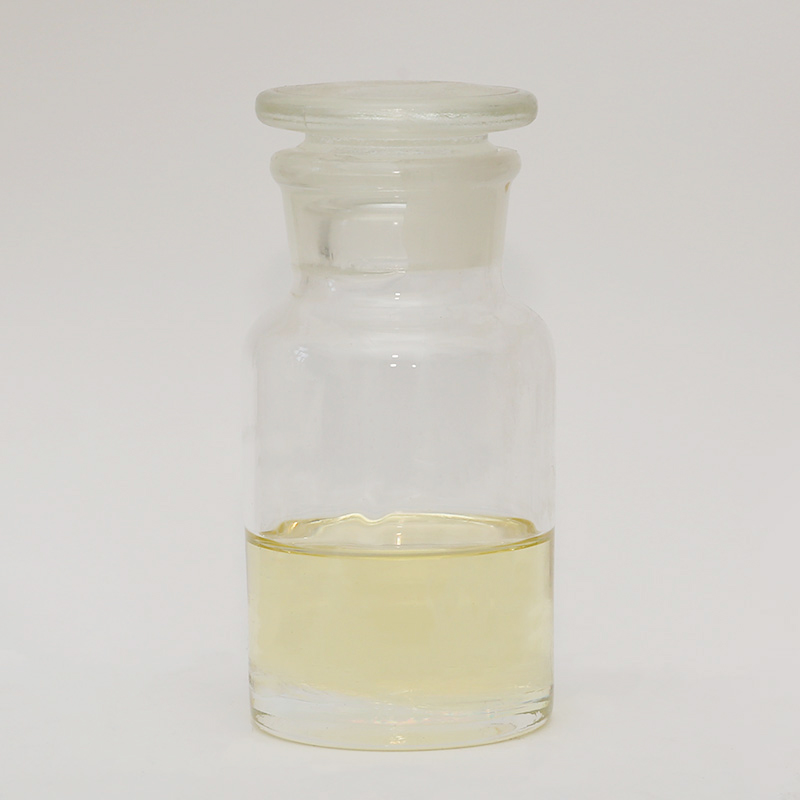2. Amino resins can be cross-linked through cold & heat curing systems based on isocyanates, carboxylic acids or anhydrides, epoxy resins, phenolic resins, etc.;
3. Phenolic resins can be cross-linked through cold & heat curing systems based on acids, epoxy resins and isocyanates;
4. Alkyd resins can be crosslinked by cold & hot curing systems based on acids, amines, amino resins, isocyanates, phenolic resins, peroxides, photoinitiators, etc.;
5. Acrylic resins can be cross-linked by cold & hot curing systems based on amines, amino resins, epoxy resins, isocyanates, phenolic resins, free radicals, etc.;
6. Polyethylene can be cross-linked based on peroxide, silanol, electron beam, etc.;
7. Conventional elastomers can be cross-linked by cold & hot curing systems based on sulfur, peroxide, isocyanate, etc.;
8. Special elastomers can be cross-linked through cold & heat curing systems based on metal oxides, silanols, resins, amines, etc.
1) Carbon black
2) Metal powder (beware of the risk of burning)
3) Surface treated silica
4) Strong magnetic and ferromagnetic powder
5) Barium and lead titanates and zirconates
6) Highly dipolarized organic esters, phthalic acid esters and carboxylic acid esters
7) Polyoxyethylene alcohol and related ethers and esters
8) Amines
Another method is to use a small amount of catalyst (0.2 to 1%). Some experts described the use of reactive catalysts to increase the speed of various chemical reactions including crosslinking (more than four times). These catalysts produce microwave-sensitive intermediate products under microwave conditions, but behave inert to heat without microwaves. Application examples are epoxy resin cured by amines, anhydrides and carboxylic acid vulcanizing agents; crosslinking of silicone resin elastomers and epoxidized rubber; sulfur vulcanization of unsaturated rubber; peroxide vulcanization; unsaturated polyester resin, Allyl carbonate and allyl phthalate resin curing, etc.
By comparison, some other polymers such as polyoxymethylene, plasticized polyvinyl chloride, neoprene, nitrile rubber, acrylic rubber, etc. can be directly processed by microwave.
Used in the following fields: water-based acrylic pressure-sensitive adhesive, water-based acrylic adhesive, water-based acrylic paint, water-based acrylic leather finishing agent, etc.




 English
English Português
Português Español
Español русский
русский 中文简体
中文简体










